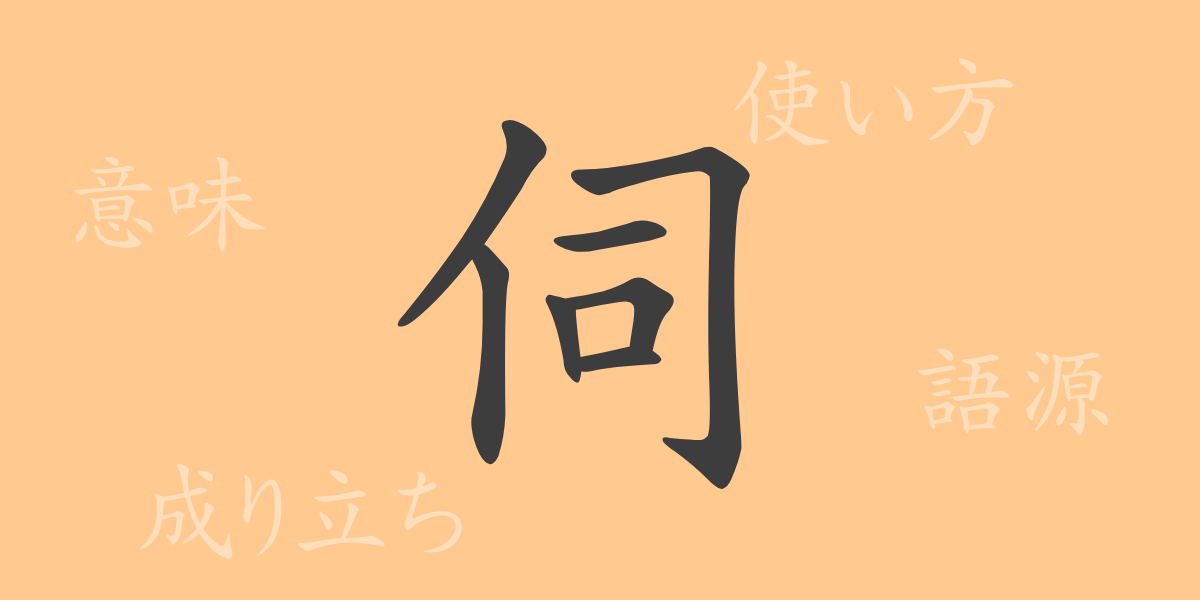The Japanese language is rich with numerous kanji characters, each carrying its own unique history and meaning. Among these, the 常用漢字 (jouyou kanji) “伺 (うかがう)” is notable for its delicate nuances and uses. This article delves into the origins, meanings, usages, readings, and related idioms of the kanji “伺 (うかがう),” exploring its intricate charm.
Origins of 伺 (うかがう)
The kanji “伺 (うかがう)” traces its origins to ancient Chinese oracle bone script. This character combines “亻 (にんべん),” representing a person, with “司 (し),” meaning to look or observe. Historically, it was used to convey a humble request or inquiry directed toward a superior or someone of higher status.
Meaning and Usage of 伺 (うかがう)
In modern Japanese, “伺 (うかがう)” is primarily used as a humble form of “to ask” or “to inquire.” It is frequently employed in business contexts and polite communication to show respect to the other party. Additionally, “お伺いする (おうかがいする)” is used as a humble form of “to visit,” emphasizing the respect and humility of the visitor.
Readings, Stroke Count, and Radical of 伺 (うかがう)
The kanji “伺 (うかがう)” stands out with its specific readings and composition.
- Readings: The on’yomi (音読み) reading is “シ,” and the kun’yomi (訓読み) reading is “うかが.う.”
- Stroke count: “伺 (うかがう)” consists of 7 strokes.
- Radical: The radical of this kanji is “亻 (にんべん),” representing a person.
Idioms, Phrases, and Proverbs Using 伺 (うかがう) and Their Meanings
The inclusion of “伺 (うかがう)” in idioms and phrases highlights the richness of Japanese expression. For example, “伺候 (しこう)” denotes a very polite inquiry towards a superior, and “伺見 (しけん)” refers to asking for the opinion or state of a higher-ranking person. These expressions are commonly used to show respect and humility.
Conclusion on 伺 (うかがう)
The kanji “伺 (うかがう)” symbolizes the politeness and respect inherent in Japanese culture and language. Correctly using “伺 (うかがう)” in business settings or when communicating with superiors demonstrates appropriate respect. Through this article, we hope to deepen your understanding of “伺 (うかがう)” and encourage more accurate and respectful Japanese expressions.

























